Introduction to the taste of Yega flavor in Ethiopia's Konga Wote Kongawat Sun
For professional baristas, please follow the coffee workshop (Wechat official account cafe_style)
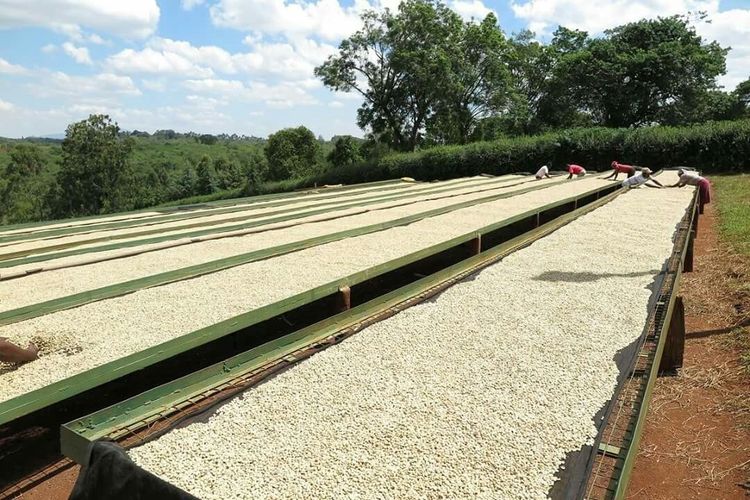
Yega Sheffield, Ethiopia-Konga Wote Kongawat G3 dried beans
In Ethiopia, sun-dried beans will be distinguished by adding 3 and 4 after the name (3 is of better quality). After the coffee cherry is harvested, the peel and pulp will be dried in the bean drying field immediately until the coffee is dried to 16% moisture. It is not until the coffee is dried to 16% that it is dried in a dryer to achieve the same moisture content, and then the parchment or sheepskin is wrapped in parchment and rubbed repeatedly until the surface mucosa is removed. Polishing and drying this is the process of sun-dried beans. Some areas or farms in Ethiopia define G1 and G2 in proportion to defective beans, such as Hara and haze farms.
Sidamo, Ethiopia is the best producing area of sun-dried beans, producing many memorable sun-cured coffee, but the cup test score in the past can not be used as a reference for this year's purchase. The change of climate conditions in a small region determines this year's harvest. Because coffee beans are traditionally wild, women pick them up in the forest, this is the king of good coffee. The cup test of direct coffee this year began in March and April and found that there are many interesting small-scale farms in Ethiopia. Yegashev is an area with rivers in Sidamo, and the washed beans produced are famous all over the world. but what is more expected or surprising is the high-quality sun-dried beans. The microclimate in small areas affects the quality of sun-dried beans in Yegashev, so be sure to test the samples provided by the farm before you buy them. If you want to skip the process, you won't get good coffee.
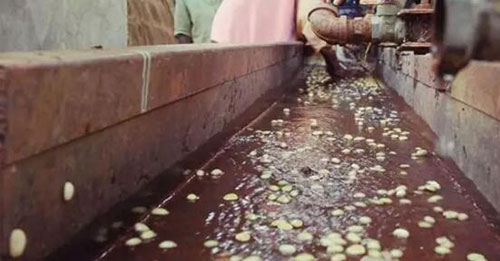
Property Characteristics: farm characteristics
Name name: Konga Wote Kongawat Coffee
Region producing area: Konga
Country countries: Ethiopia Ethiopia
Grade level: G3
Altitude: over 1850m
Harvest period harvest time: October every year to January of the following year
Certification certification: all coffee without certification is non-toxic and organic.
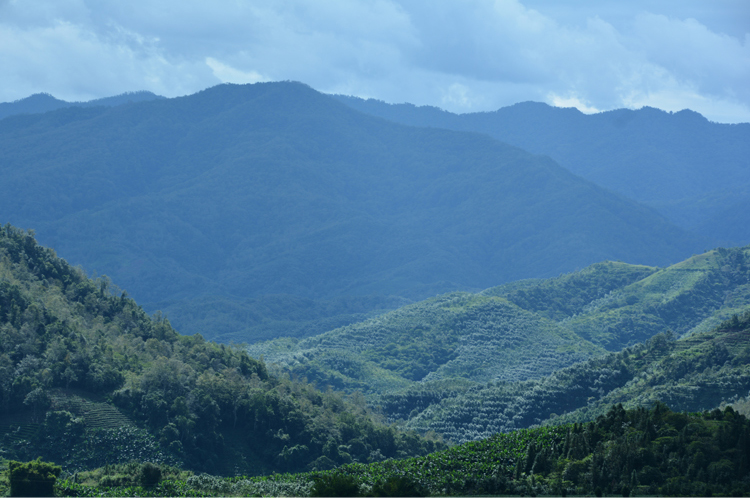
Soil Type soil properties: PH5.2-6.2red brown laterite
Coffee Characteristics: coffee characteristics
Variety variety: heirloom cultivars traditional native species of Yega
Processing System treatment: Dry-Processed sun exposure
Appearance appearance: Longberry rice-shaped 16-18 mesh
Aroma aroma / flavor flavor: strawberry, blueberry, vanilla, ice cream, wheat, fermented flavor, nut, berry sweetness, brown sugar, white chocolate
Acidity: lemon, orange, tartaric acid, fine acidity, fragrant cheese
The complexity of complex is similar to that of other: strawberry wine has strong and heavy aroma, clean taste and high complexity, there is no card in front, and the whole fruit wine is dyed layer by layer.
Important Notice :
前街咖啡 FrontStreet Coffee has moved to new addredd:
FrontStreet Coffee Address: 315,Donghua East Road,GuangZhou
Tel:020 38364473
- Prev
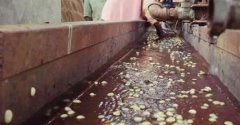
Introduction to the characteristics of Orami Cooperatives in the Lekanti producing area of Ethiopia Coffee flavor description
For the exchange of professional baristas, please pay attention to the coffee workshop (Wechat official account cafe_style) Ethiopia Lekanti-Orami Cooperative Sun Bean Ethiopia is the country where coffee was first discovered, and Ethiopia is the most important producer of coffee in terms of quality and output, with an annual output of about 350000 tons. About 15 million people in the country are engaged in this industry, and more than 90% of them are small coffee farmers.
- Next
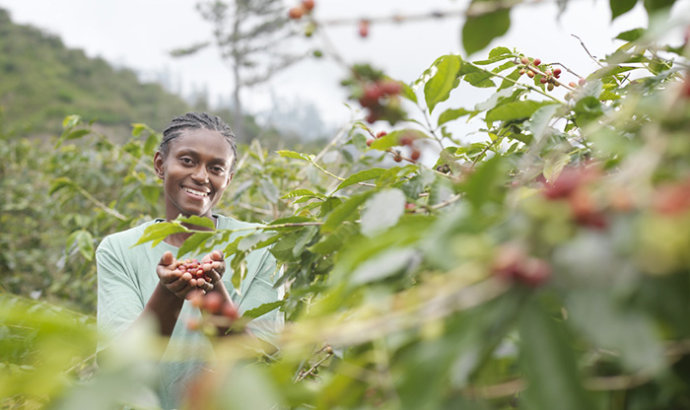
[Yega Xuefei purchase Guide] the street is full of "Yega Xuefei" how to choose?
The exchange of professional baristas please follow the coffee workshop (Wechat official account cafe_style) to feel the charm of good coffee. People who often drink coffee from "Yega Xuefei" must have heard others say [Yega Xuefei] more or less, and even when many people are just getting started (keng), they start from touching [Yega Xuefei]: the first cup by hand, or the first siphon?
Related
- Beginners will see the "Coffee pull flower" guide!
- What is the difference between ice blog purified milk and ordinary milk coffee?
- Why is the Philippines the largest producer of crops in Liberia?
- For coffee extraction, should the fine powder be retained?
- How does extracted espresso fill pressed powder? How much strength does it take to press the powder?
- How to make jasmine cold extract coffee? Is the jasmine + latte good?
- Will this little toy really make the coffee taste better? How does Lily Drip affect coffee extraction?
- Will the action of slapping the filter cup also affect coffee extraction?
- What's the difference between powder-to-water ratio and powder-to-liquid ratio?
- What is the Ethiopian local species? What does it have to do with Heirloom native species?

